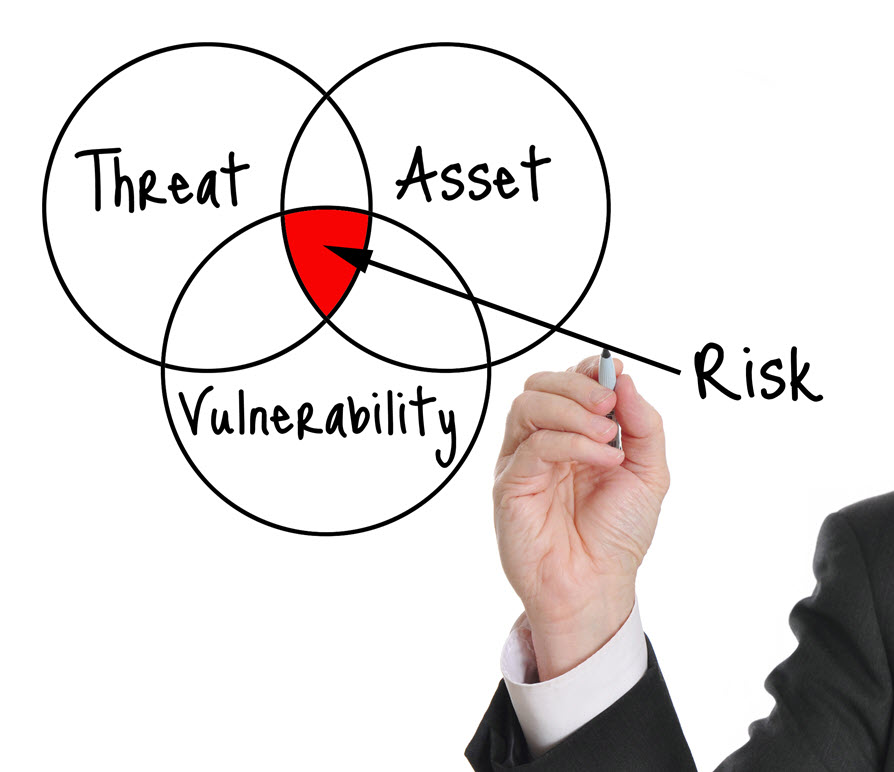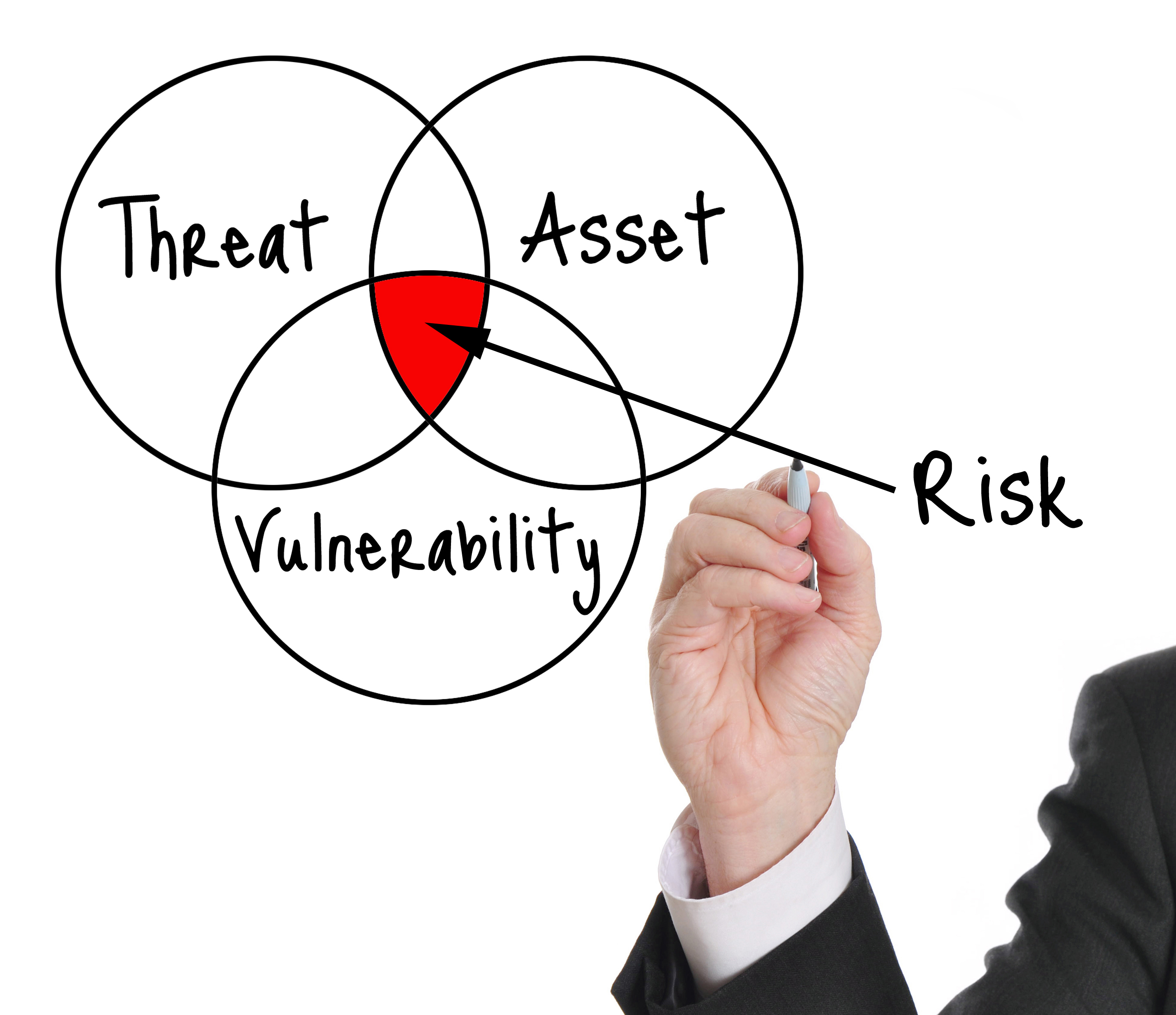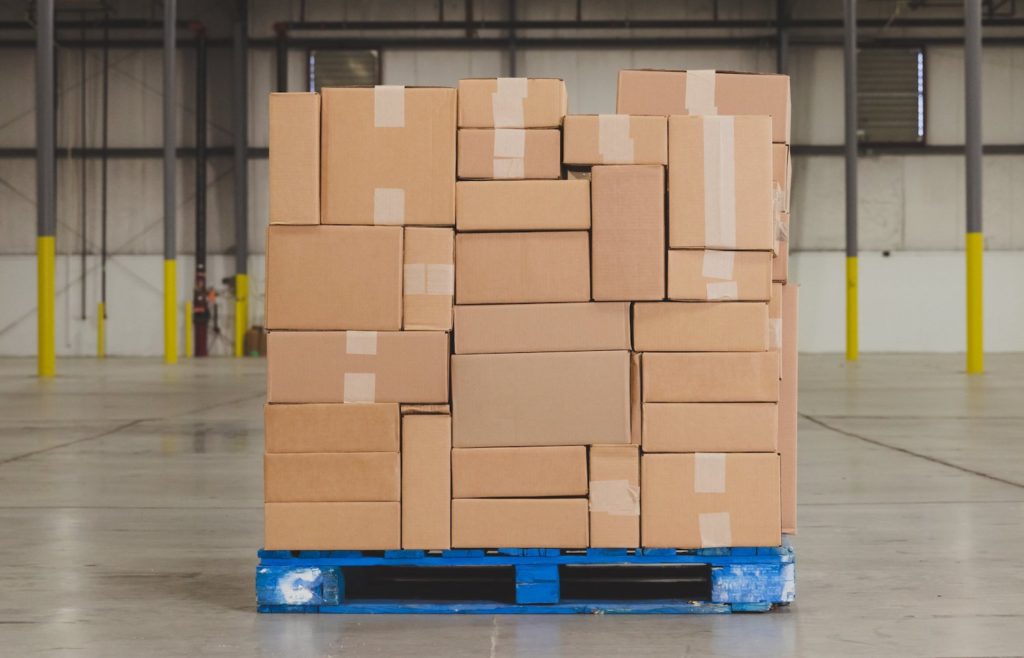
Enterprise Risk Management: Guide and Strategy
Enterprise risk management has become more complex thanks to increasing consumer and manufacturing requirements. This guide to enterprise risk management will help you define a strategy for your organization. This will be particularly useful for logistics professionals.
Supply chain management has become increasingly efficient, thanks to technology. However, supply chains are now more vulnerable to failure than ever before. There are more potential points of failure, and less margin of error for delays and disruptions. As your exposure to risks increases, it becomes paramount to develop a plan for risk management.
A recent Deloitte survey of retail executives punctuated this notion. Close to half of executives noted the frequency of risk events that had negative outcomes increased over the last three years. 63 percent said that these events have become more costly over the same time period. The fallout from such disruptions can be far reaching. Fewer revenues, increased downtime, delays in delivery, lost customers–your company’s reputation sits on the line!

Enterprise risk management
Moving From “Just-In-Time” to “Just-In-Case”
For logistics providers, the old notion of contingency management is no longer workable. Next-generation alert systems bring a new level of visibility and flexibility into your logistics decision-making.
Severe weather and natural disasters have emerged as top triggers for systemic supply chain and transportation disruptions. A recent APQC study revealed that the most common causes of unexpected supply disruption during the last two years were natural disasters. Tsunamis and floods, extreme weather such as droughts, and social turmoil made the list.
“As the complexity of the supply chain evolves, the role of the logistic provider will also evolve to better address the many unplanned external influences that can increase risk for their customers,” said Hans Hickler, former CEO at DHL Express and Agility Logistics.
“The industry will see a movement from just-in-time to just-in-case. Moving from reacting to events, like severe weather, to having visibility into the threat and proactively monitoring and assessing the best course of action for the customer. This will become a fundamental part of logistics management and a growing expectation from customers,” added Hickler.
These uncontrollable and often unanticipated events were once considered minimal risk events. They garnered little or no attention. Now, they are quickly becoming a top risk priority for companies across the globe. “Just-in-case” scenarios are now a becoming a standard part of smarter risk management.
This emerging standard means logistics providers must incorporate more sophisticated technology. Better tools will provide decision-making support from point of origin to the final destination and any point in between.
These next-generation systems provide a consistent, real-time measurement of risk. They consider multiple data inputs:
- Geographic maps
- Transport locations
- Environmental data
- Customer asset data
- Other hazards such as pandemic, crime and theft
The software then combines it with a built-in notification system can help providers compare and quantify levels of risk. Your business then builds corresponding actions.
Each “risk score” can also be weighted by asset-specific values, like customer priority or asset value. This way, your business can prioritize appropriate responses.
The Future: “Risk Scores” as an Enterprise Strategy
For example, a major retailer has shipments deploying across multiple locations. They also have several different types of assets. Their enterprise risk management software flags that there is a 40% chance of a snowstorm in several cities. This prediction affects the retailer’s shipping lanes.
At that point the retailer may decide they can live with 40% risk. But they also may decide to re-route that inventory to another store with guaranteed arrival.
If the software has assigned asset-specific values, the retailer’s total risk score could move above or below the 40%.
This type of technology also allows logistics providers to show enterprises, in real time, where all of their assets are sitting. You can visualize your assets in relation to the risk. You will gain a clear understanding of the number of days you have to react. You can easily spot which shipments are affected, which assets are impacted, and which shipments you should prioritize.
These next-generation alert systems enable logistics providers to help mitigate customer risk in a new way. They provide greater visibility into their supply chain. This strengthens their ability to take the right action at the right time.
Of course, locating and quantifying risks is only the beginning. The judgment calls and collaborative decisions you make in response to the risks are what matter most. But there is no question that preparing for “just-in-case” will become the new standard.
If you’d like to see how Riskpulse’s software works to help your enterprise with risk management, contact us today.



